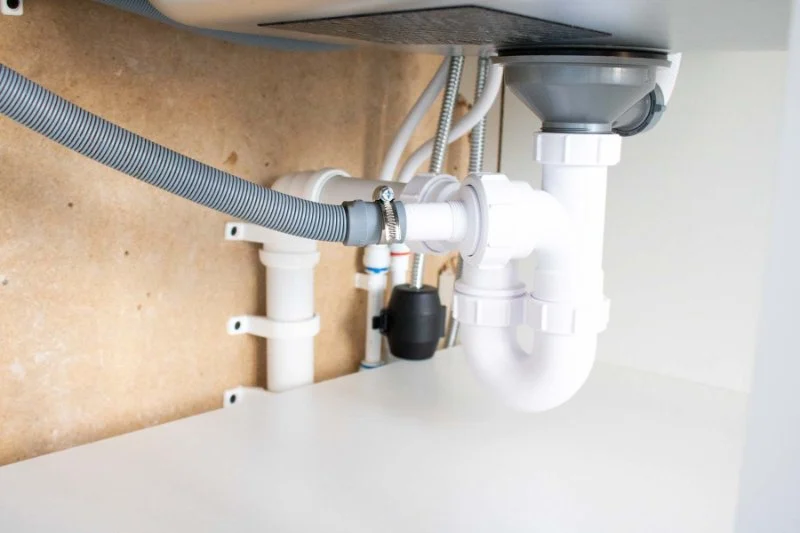
- 1-What is a Trap Primer Device?
- 2-Why Replace a Trap Primer Device?
- 3-Tools You Will Need to Replace a Trap Primer
- 4-Step-by-Step Instructions for Replacing a Trap Primer
- 5-Common Issues and How to Troubleshoot
- 6-Tips for Ongoing Maintenance


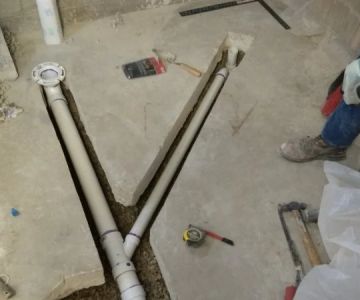
Learn how to ensure proper venting in your drainage system with these essential tips. Discover the importance of venting and how it prevents plumbing issues, and ensure your drainage system works efficiently.

Learn step-by-step how to install a new sink faucet with a pull-out sprayer. Our guide covers all the tools and tips needed for a successful faucet installation.

Learn how to choose the best tankless water heater for your family home. Discover energy-efficient options, key features to consider, and helpful tips for selecting the right model for your needs.

Learn how to maintain your well water system for optimal performance. Follow essential tips and practices to ensure clean and reliable water for your home.

Learn how to repair a slab leak under the floor with step-by-step instructions. This guide will help you identify, diagnose, and fix a slab leak to prevent further damage.

Learn how to replace a broken pipe in a slab foundation. This guide covers the steps to identify, access, and repair a broken pipe effectively to restore plumbing functionality.
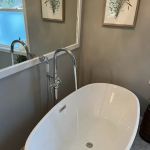 Oakland Plumbing LLC5.0 (17 reviews)
Oakland Plumbing LLC5.0 (17 reviews)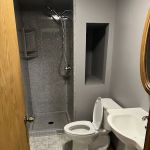 Midwest Plumbing & Service4.0 (7 reviews)
Midwest Plumbing & Service4.0 (7 reviews)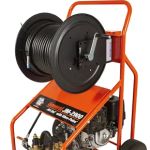 Moberly Plumbing4.0 (117 reviews)
Moberly Plumbing4.0 (117 reviews)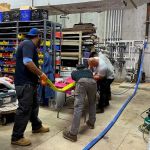 American Trenchless Technologies4.0 (8 reviews)
American Trenchless Technologies4.0 (8 reviews) Tony's Plumbing3.0 (12 reviews)
Tony's Plumbing3.0 (12 reviews)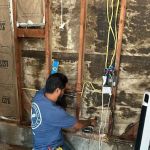 Socal Plumbing Co5.0 (5 reviews)
Socal Plumbing Co5.0 (5 reviews)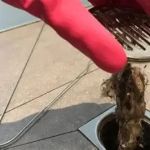 How to Repair a Hairball Clog Without Harsh Chemicals
How to Repair a Hairball Clog Without Harsh Chemicals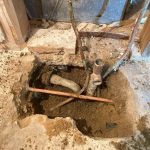 How to Repair a Junction That Is Leaking Under Slab: A Comprehensive Guide
How to Repair a Junction That Is Leaking Under Slab: A Comprehensive Guide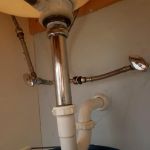 How to Replace a Sink Overflow Tube: A Complete Step-by-Step Guide
How to Replace a Sink Overflow Tube: A Complete Step-by-Step Guide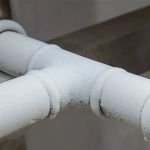 What Causes Frozen Pipes and How You Can Prevent It - Expert Tips
What Causes Frozen Pipes and How You Can Prevent It - Expert Tips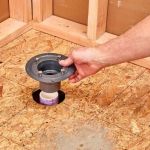 How to Replace a Shower Niche Drain: Step-by-Step Guide for Homeowners
How to Replace a Shower Niche Drain: Step-by-Step Guide for Homeowners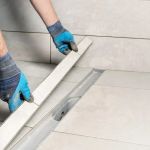 How to Replace an In-Wall Shower Drain: Step-by-Step Guide
How to Replace an In-Wall Shower Drain: Step-by-Step Guide